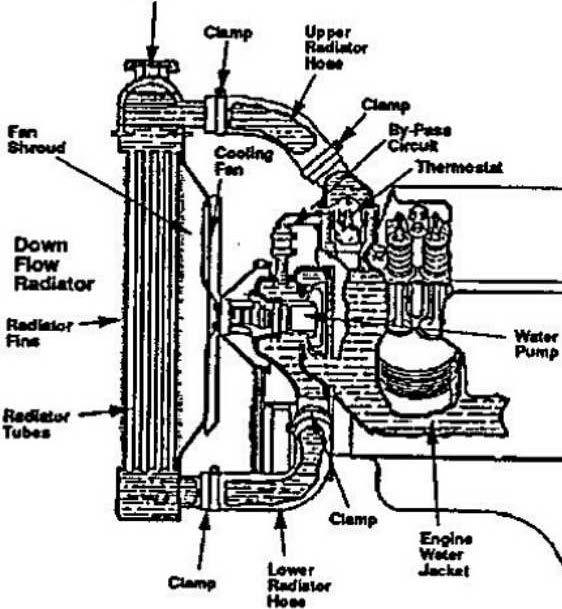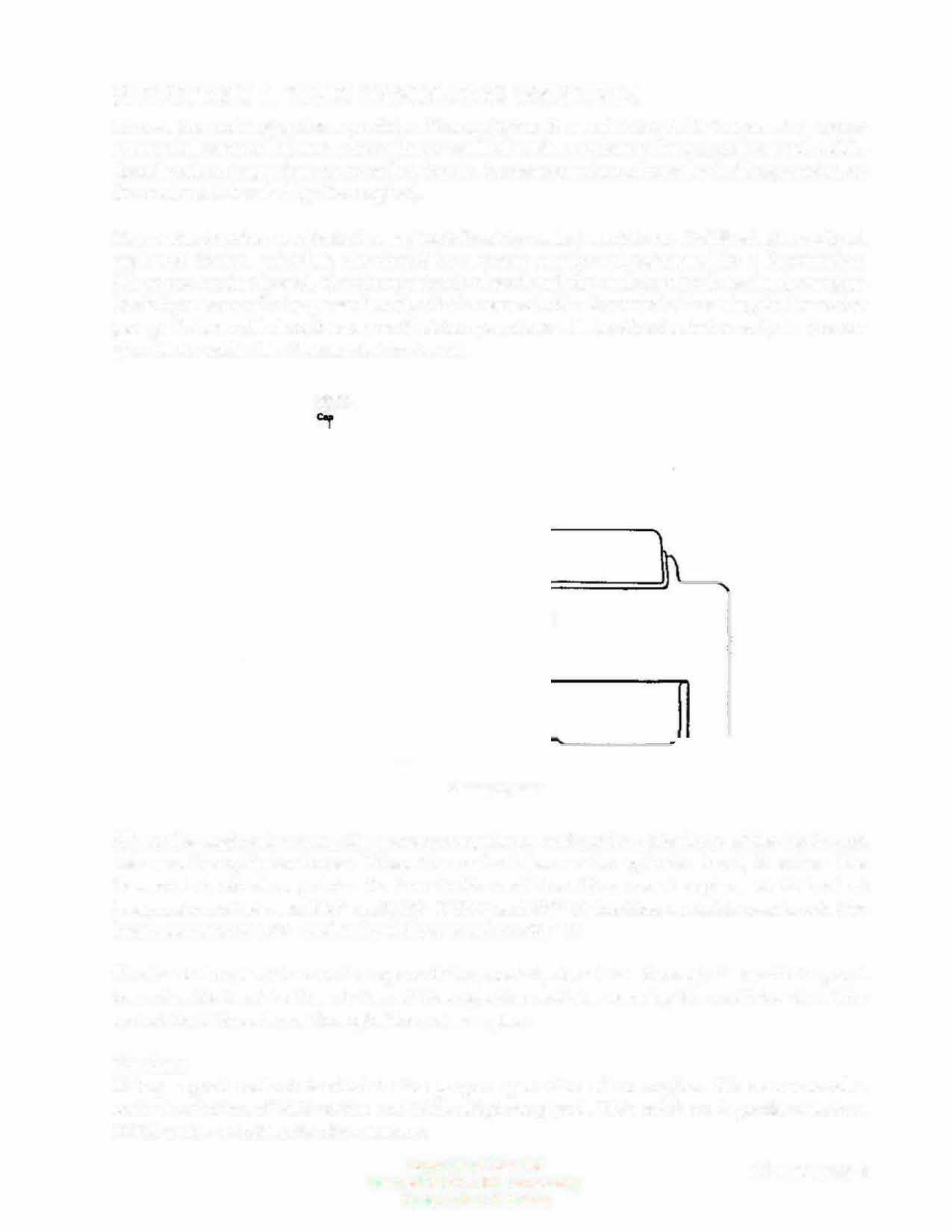
1 minute read
Thermostat
SECTION 1 THE COOLING SYSTEM
The engine cooling system consists of the radiator, fan and drive belt, thermostat, water pump and assorted hoses. The radiator is filled with a coolant solution and capped. Additional coolant is put into an overflow bottle. (a reservoir that allows for fluid expansion as the coolant is heated by the engine). The cooling system controls the engine's heat by using a mixture of 50% ethylene glycol and 50% water, which is circulated by a water pump and regulated by a thermostat. When the engine is cool, the thermostat is closed and the coolant circulates in the engine block by means of a by-pass circuit, which connects the thermostat housing to the water pump. This small circuit ensures that temperature will be distributed evenly in the engine block while the thermostat is closed.
lladlllor .,_,.

Cooling System
When the engine is warm, the water pump forces coolant into the front of the block and between the cylinder bores. When the coolant leaves the cylinder head, it enters the thermostat, which regulates its flow to the radiator. Since most engines work best at temperatures between 180° and 200° F (81 ° and 93° C) the thermostat is constructed to begin opening at 180° and to be fully opened at 202° F.
The heated coolant leaves the opened thermostat, circulates through the radiator, and transfers its heat to the air forced through the radiator core by the radiator fan. The cooled fluid then flows through the system again.
Coolant Using a good coolant is vital to the proper operation of an engine. We recommend a coolant solution of 50% water and 50% ethylene glycol. This mixture is preferable to a 100% water solution for five reasons:




